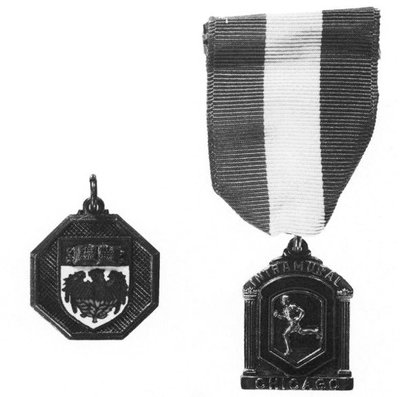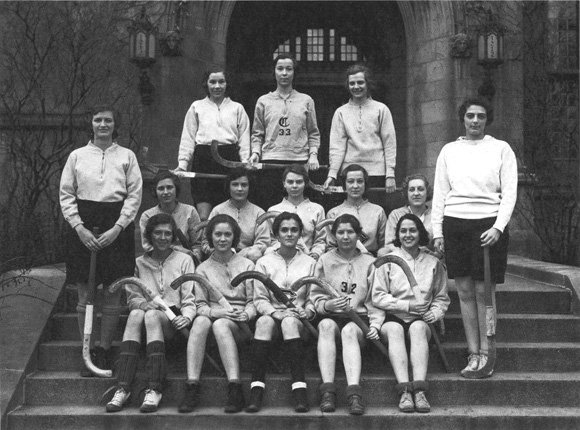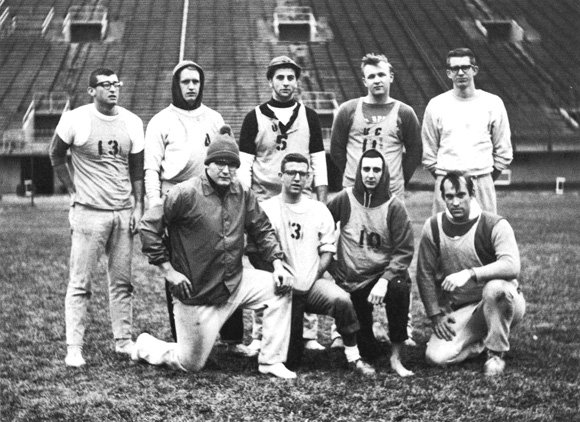Intramurals

Harper's concerns were quickly alleviated by an enormous level of student interest in athletic activity. A formal intramural (IM) sports program was not created until 1924, but in the interim male students were involved in a host of interfraternity and club sports, and women participated in basketball, baseball, ice and field hockey, roller and ice skating, tennis, golf, fencing, and swimming, all at a low budget and all at the intra-University level.
These students did not invent intramural sports, but the IM program implemented in 1924 was modeled, in breadth and structure, around the prior experience of women's athletics and men's fraternity and club sports.
The year-long intramural agenda created by the IM Board was divided among the quarters and by major and minor sports. Touch football, basketball, and track headed the list and produced the most points toward the overall intramural championship. Minor sports like bowling, wrestling, and a hybrid sport called water basketball were worth half as many points toward the coveted championship.
Organized intramural play
was an instant success. Competition between fraternities and residence
halls and among individuals for intramural prizes was intense, and participation
among male students was generally around 70 percent. (No figures were
kept for women's participation.) The Cap and Gown asserted that
IM sports were part of the life of "the average male student of the university."
Intramurals had become so much a part of the students' athletic routine
that when football was dropped in 1939, tackle football was immediately
added to the intramural program.
Many of President Hutchins's critics charged that competitive sports were a vital part of the educational process. Hutchins agreed entirely, and pointed to the participatory nature of intramurals as evidence that athletics were alive and well at the University of Chicago. The sportsmanship, leadership development, and competitive spirit that sports inspired were adequately covered, Hutchins believed, without involvement in what he considered the nearly professional level of major intercollegiate athletics.
Student interest in intramural athletics remains exceptionally high. Self-supporting club sports for graduate and professional students attract enthusiasts of rugby, mountain climbing, weightlifting, and other activities. On average, about three-quarters of the student body participates in IM or club sports, with little evidence of decline. In the winter of 1991, a record 106 teams competed in intramural basketball, exceeding by far the number of students who attended varsity basketball games. In their support for intramural sports, it seemed, the University's students had confirmed their allegiance to the Hutchins ideal.

Veterans of regular interclass contests, the field hockey players assembled on the steps of Ida Noyes Hall in 1931 included second-year captain Katherine Dierssen (PhB 1933), front row left; fourth-year captain Ruth Lyman, front row center; first-year captain Ada Espenshade, middle row, second from left; and third-year captain Esther Feuchtwanger (PhB 1933), top row center.

Psi Upsilon won the intramural football title to lead the fraternity to the All-University championship awarded to the team with the highest cumulative IM point total. Unlike the IM football teams of twenty years earlier, intramural players in the 1960s abandoned the use of helmets and pads, although they kept the bumps and bruises.
